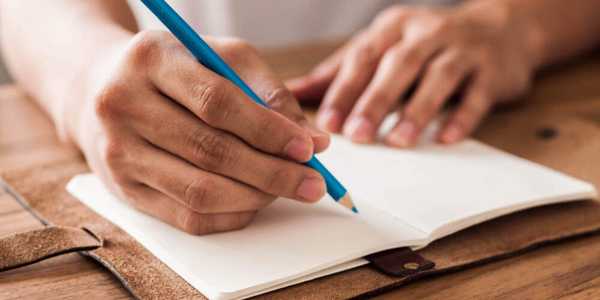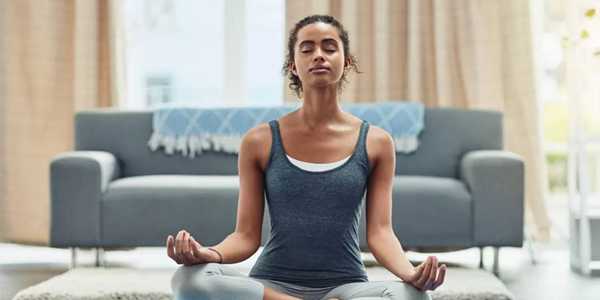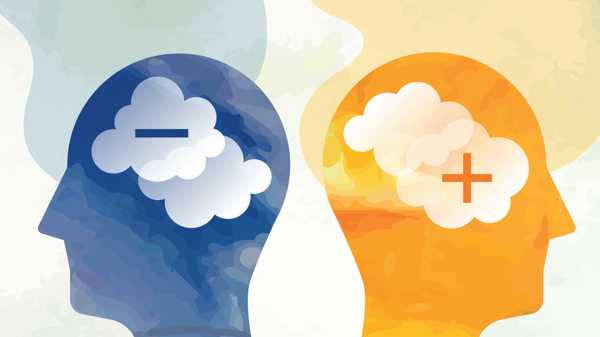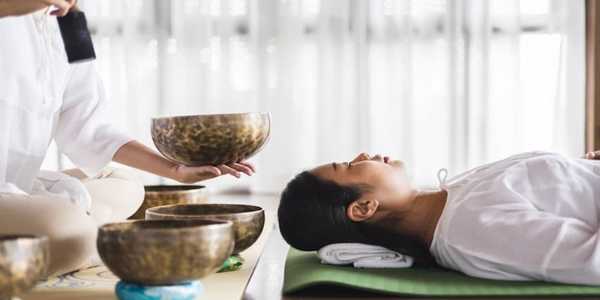10 Mindfulness Exercises To Reduce Anxiety- An In-Depth Guide!
Anxiety tends to come up on you most at the worst times — your heart racing and your mind behind the steering wheel.
Imagine if you could quiet that storm using straightforward, easy, powerful practices that restore peace and balance to your mind and body.
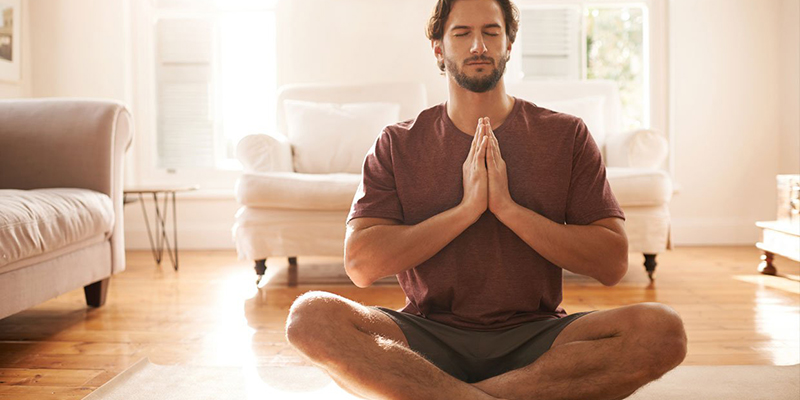
Mindfulness isn't just a trendy new thing—it's a tool for living in the present and releasing the crippling amount of 'what ifs' that we all experience.
Let's look at mindfulness exercises for anxiety, which are easy and effective ways to add to your day and improve Stress management.
Deep Breathing: Your Calm Anchor
When you're anxious, you breathe differently, typically quickly and shallowly. Learning what Breathing exercises can do in dealing with anxiety can teach you the power of shifting your nervous system from panic to peace.
How to Do It:
Sit comfortably, flat feet on the floor.
Breathe in through the nose for four counts.
Breathe in, and hold your breath for four seconds.
For a count of six, exhale slowly through your mouth.
This practice, "4-4-6 Breathing," helps anchor you in the present and lets your body know to relax.
The 5-4-3-2-1 Grounding Technique
Sometimes, anxiety drags us into a thundering of thoughts. This technique for connecting with the here and now is called the 5-4-3-2-1 and is one of the most effective anxiety relief techniques.
Steps
Identify five things you can see around you.
Identify four things you can feel (like the texture of your clothing or the chair under you).
Identify three things you can hear (birds, a ticking clock, or distant chatter).
Identify two things you can smell (or imagine pleasant scents like fresh cookies or rain).
Identify one thing you can taste (or savour the taste of your last sip of tea).
This simple exercise redirects your focus to your senses, making the external world feel safer and less overwhelming.
Body Scan Meditation
Feeling disconnected from your body is common during anxious episodes. The body scan is a core mindfulness practice for Stress relief that helps you reconnect gently.
How to Practice:
Lie down or sit in a quiet space.
Close your eyes and bring attention to the top of your head.
Gradually "scan" your body from head to toe, noticing sensations, tension, or areas of discomfort.
With each exhale, imagine tension melting away from that area.
A 10-minute body scan can leave you feeling grounded and deeply relaxed.
Journaling: Mindful Writing For Clarity
Sometimes, anxiety stems from thoughts piling up like clutter in your mind. Journaling is an emotional detox, helping you offload Stress and gain clarity.
What to Write About:
A stream of consciousness—whatever comes to mind.
Three things you're grateful for today.
What specific worries are you carrying, and what can you do about them?
Mindful journaling turns jumbled worries into organized thoughts, offering powerful emotional relief.
Progressive Muscle Relaxation
If anxiety tightens your muscles, relaxation techniques for anxiety, like progressive muscle relaxation, can help. This method teaches you to release physical tension, which, in turn, calms the mind.
How It Works:
Start at your toes, tensing the muscles for five seconds, then releasing them.
Move upwards to your calves, thighs, abdomen, arms, and face.
Notice how each part feels lighter after you let go of the tension.
Pair this exercise with deep Breathing for an even more significant calming effect.
Mindful Walking
Who says mindfulness has to involve sitting still? Mindful walking combines movement and meditation, making it perfect for those restless during seated practices.
How to Practice:
Head to a quiet park or even your backyard.
Stroll, paying attention to each step.
Feel the ground beneath your feet, notice the breeze on your skin, and tune into the sounds of nature.
This practice not only reduces anxiety but also rejuvenates your mind and body.
Visualization: Crafting Your Calm Place
When anxiety takes over, escaping to a serene mental space can bring instant relief. Visualization is a simple yet powerful mindfulness exercise for anxiety.
How to Begin:
Close your eyes and imagine a place where you feel completely safe and at peace—like a beach, forest, or cosy room.
Use all your senses to build this mental escape. What do you hear? Smell? Feel?
Stay in this space for 5–10 minutes, letting its calmness wash over you.
Loving-Kindness Meditation
Anxiety often comes with self-critical thoughts. Loving-kindness meditation helps replace this inner negativity with compassion and positivity.
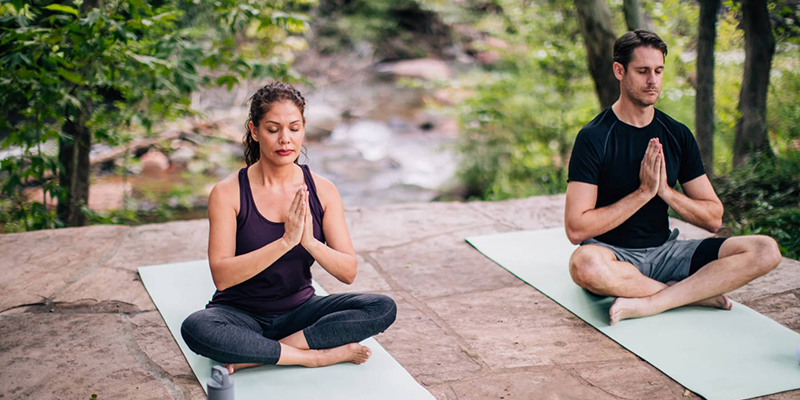
How It Works:
Sit comfortably and close your eyes.
Silently repeat phrases like:
"May I be safe?"
"May I be happy?"
"May I be healthy?"
"May I live with ease?"
Extend these wishes to others—friends, family, and even strangers.
This practice fosters a sense of connectedness and emotional calm.
Single-Task Focus
In today's world, multitasking fuels Stress. Practising single-task focus is a subtle yet transformative form of mindfulness that reduces mental clutter.
How to Try It:
Pick one daily task—washing dishes, drinking tea, or brushing your teeth.
Focus solely on that task, noticing the sensations, smells, and sounds involved.
When your mind wanders, gently bring it back to the task.
This exercise trains your brain to slow down and be fully present.
About Gratitude Pause
Anxiety narrows our focus to worries, often overshadowing what's going well. Gratitude pauses are quick anxiety relief techniques that shift your perspective to positivity.
How to Practice:
Pause for one minute and identify three things you're grateful for.
Reflect on why these things bring you joy or comfort.
Over time, this habit rewires your brain to focus on abundance rather than fear.
Embracing A Calmer, Mindful Life
The focus of these mindfulness exercises for anxiety isn't just temporary relief from Stress and anxiety —it's about creating an entire life that feels lighter, calmer, and more joyful.
Each practice offers a path to peace through deep Breathing, a mindful walk, or journaling.
Select one technique that resonates with you. Begin with small moments of mindfulness to see how significant shifts in your mental well-being can occur.
